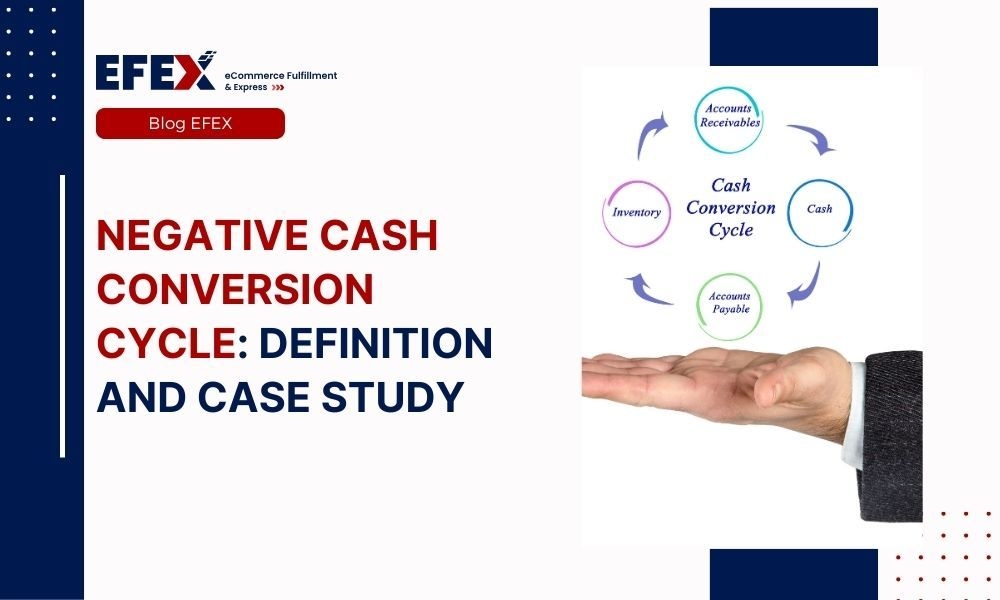
The cash conversion cycle (CCC) is a metric measuring how long it takes a company to convert invested funds—typically inventory purchases—back into cash. Any company that sells physical products has to keep a close eye on the CCC metric. In general, a shorter cash conversion cycle is preferable since it indicates that a firm is running more successfully.
However, because circumstances frequently impact it outside of your business, CCC is most effective as a statistic when benchmarked against historical performance or compared to the CCC of rival companies. So, when does the negative cash conversion cycle occur?
In this post, we will help you answer this question through definition and a case study. Besides, some solutions to deal with this issue are also covered.
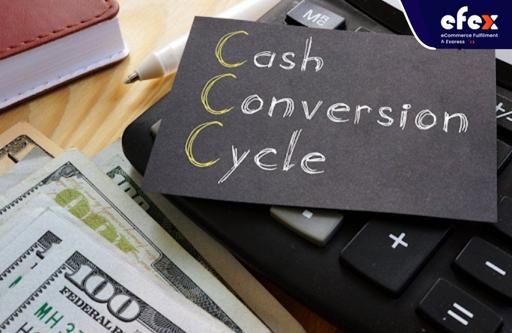
Inventory is sold before you have to make a payment for it when there is a negative cash conversion cycle. In other words, a negative cash conversion cycle indicates that your suppliers support your operations as it takes longer to pay your vendors or bills than it does to sell your product and receive your cash.
As a result, you may expand without using operational cash. In contrast, a positive cash conversion cycle indicates that you need to keep injecting capital as your organization expands since you require operational cash to finance it. So, is the negative cash conversion cycle good or bad?
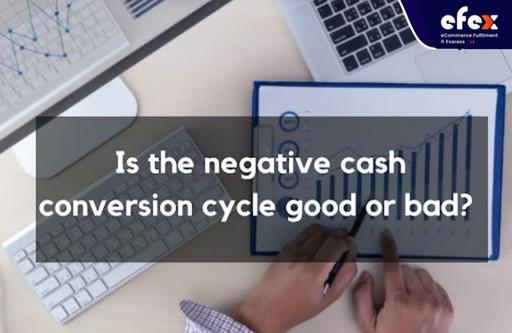
It's not always good or bad whether the cash cycle is positive or negative. Your situation and the reasons why your CCC is set up the way it is will determine this. Consider that you have limited funds and must wait to pay suppliers until you have received payment from consumers. While doing so puts you in the black, your vendors might not appreciate it. Negative CCC might prevent you from expanding and luring in new clients if you insist on exclusively accepting cash payments.
If your CCC is favorable, both suppliers and consumers could prefer doing business with you. For many organizations, a negative cash conversion cycle is ideal. However, in reality, most organizations find it challenging to achieve without turning to drastic (unsustainable) measures.
Therefore, it is preferable to concentrate on lowering your cash conversion cycle sustainably and benchmarking to see how you are doing rather than trying to drive it into the negative (or even zero).
👉 Read More: Cash Conversion Cycle Problems And Solutions
A business purchases goods pay for them later, sells the merchandise, and then gets paid for it. The cash conversion cycle has significant effects. For example, consider a company that purchases t-shirts for $10 and sells them for $15. If their cash conversion cycle is seven days, it follows that they have lost the $10 necessary to buy every T-shirt during that time but have not yet gotten the $15 from selling them.
Where do they acquire the money to replenish their supply of T-shirts and keep it in stock? For businesses with extremely long cash conversion cycles, financing this period through debt might come at a significant cost. The interest paid on the debt increases with the length of the cash conversion cycle.
👉 Read More: Demand Signal: Definition, Process and Benefit
Consider a business like Amazon which has a negative cash conversion cycle. Their Cash Conversion Cycle is negative as a result of selling goods rapidly (low Days Inventory), obtaining money right away for the majority of sales (low Days Receivables), and delaying payments to vendors as long as feasible (high Days Payables).
In other words, Amazon really receives payment for the goods it sells before having to pay for them themselves. Therefore, by keeping cash in their bank account, they are earning interest instead of spending it to purchase goods for sale (or investing it in growing their company). As a result, a strong engine for growth and cash flow is created.
To give you a clear view of the negative cash conversion cycle, we will drive you to a case study with GYMSHARK’s story. Ben Francis, a 19-year-old boy, started GymShark, a sportswear company, in his mother's garage in 2012. Using a screen printer and sewing machine, he stitched clothing at night while making pizza deliveries during the day.
Eight years later, Gymshark is now worth $1.3 billion. The company's success is a result of its customer-centric strategy, fantastic product, and vibrant network of influencers and brand aficionados. The company's expansion from £9 million in 2015 to £176 million in 2019 was accelerated by these key pillars.
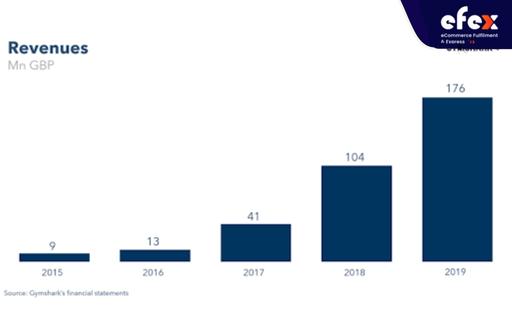
Nonetheless, the business's negative cash conversion cycle was the key component that enabled it to thrive while requiring little outside investment. Gymshark really received the following payments from its vendors on average to finance its expansion:
As a result, the founders of Gymshark had money on hand for 36 days for each item they sold and utilized it to finance their expansion.
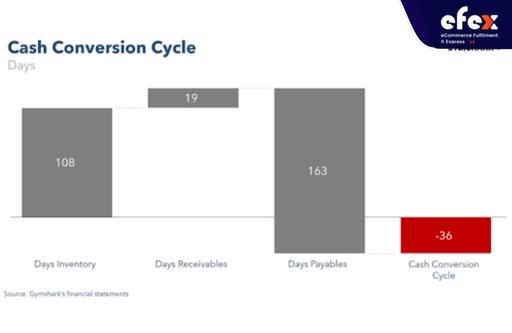
Gymshark's cash cycle is especially outstanding in comparison to other fashion sector companies, whose businesses rely primarily on physical retail, which inevitably results in larger days receivable. Gymshark's cash conversion cycle will lengthen as it finally enters the physical retail market. Following Lululemon's vertically integrated business model, in which you own your shop and sell your products directly, is one approach to manage its development.
Even though it was expensive, Lululemon's vertical commerce strategy was crucial for maintaining its cash conversion cycles low in comparison to rivals, which helps explain why the store trades at a Price-to-Sales multiple of 10.85x (especially in comparison to 1.03x for Under Armour and 4.84x for Nike).
👉 Read More: Balancing Supply and Demand: Definition and Benefit
Optimizing your accounts payable is the best strategy for an e-commerce company to shorten its cash conversion cycle. This usually entails negotiating greater terms of payment with your vendors. Once more, it's easier said than done.
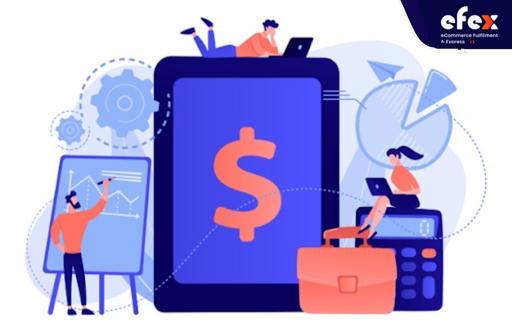
The majority of suppliers allow their clients 15 to 30 days to settle their invoices. This does not imply that you shouldn't request more. You should always be asking for longer terms or more credit as your business expands and your relationships with your vendors get better. Good vendor credit exists.
It often needs personal guarantees, pays no interest, and is not secured by any assets. Gymshark's days payable is 163, which indicates that on average, their suppliers allow them this amount of time to settle their accounts. Their activities are funded by their suppliers.
They buy inventory, but they sell it long ahead of the 163-day deadline by which they must pay their bill. The answer in this situation is persistently negotiating better terms with your partners and providers.
For instance, Moiz Ali founded Native, a natural deodorant firm, with practically no outside investment, and then sold it to P&G for $100 million. After reaching a significant revenue milestone, he routinely called his vendors to request greater terms of payment.
Since customers often pay when they order stuff, the majority of online businesses don't have an accounts receivable balance. They would never have more than a few days' worth of deposits due from a payment processor. However, because merchants often pay you 30 to 45 days after the sale, days receivable quickly increase as you go toward physical retail.
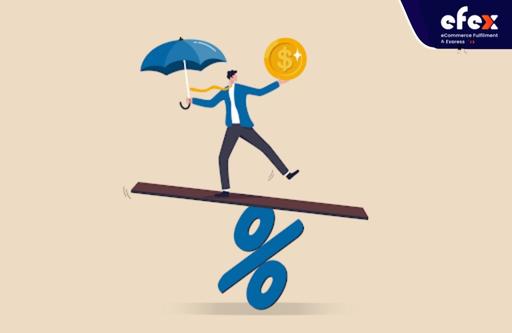
Negative accounts receivable sometimes referred to as unearned revenue, is possible. When a consumer pays you in advance for a good or service you don't yet have or haven't yet provided, this situation arises. Most drop shipping companies often include negative AR. There are three more ways you might have negative AR if your vendors are not drop-shopping for you.
To execute these strategies, you'll need to collaborate with your clients and vendors and make necessary process changes. But if done right, it may significantly improve your lengthy cash flow. Starbucks is an excellent example of a business that excels at doing this.
Liabilities associated with stored value cards, including physical gift cards and cash balances in mobile apps, total $1.46 billion for the coffee manufacturer. A consumer typically pays for his coffee eight days (give or take) before he/she consumes it, according to the corporation, which has $881 million in accounts receivable.
The largest expense for any physical products firm is often inventory. There are various "theoretical" ways to cut down on inventory days, from better forecasting to shorter lead times.
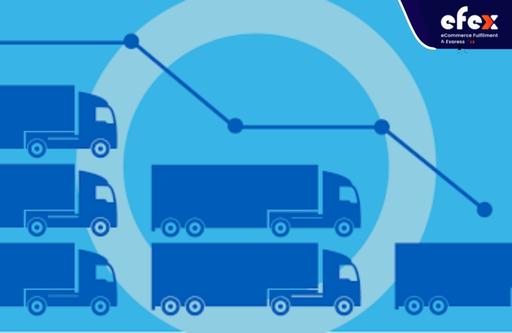
However, the following two main methods for decreasing inventory can be used:
Businesses should work to establish strategic relationships with their suppliers and request that they maintain a reserve of inventory and stock production materials for subsequent production runs on-site, ready to be shipped by air in the event of demand increases.
Enquire your vendor to set aside frequently ordered stock for you at their production plant, and only invoice you for it after it has been transported out of their storage facility. This will simplify the batch shipment technique discussed above and let you keep less or no inventory.
Keeping the number of items and SKUs you sell to a minimum is another tool for reducing inventory. Fewer SKUs may result in fewer consumers, but they may also significantly affect your cash flow. Only keep the SKUs that are most in demand in your warehouse.
Simply extend the delivery time for your consumers for unpopular SKUs. As soon as you have client orders for an unpopular SKU, you will be able to order inventory for it. Keep in mind that you should set priorities: Offering your beverage in 15 flavors is fantastic, but it negatively affects your cash conversion cycle, especially if you don't have reliable demand estimates.
👉 Read More: Dependent Demand Item and Independent Demand Item
Your cash conversion cycle should be frequently measured and optimized if you manage an online store. Depending on your CCC, you can be cash-rich or cash-poor. It's difficult to comprehend how small changes made today can help you enhance your cash conversion cycle in the long run without reliable, real-time data readily available.
Yet, many medium and large companies find it difficult to extract insights from data that will result in changes in real-time because they must manually gather, process and analyze huge data sets.
For this reason, automating financial data gathering and analysis has substantially streamlined human efforts to improve cash flow procedures. Having a negative cash conversion cycle is the ultimate aim. When you succeed in doing this, your company becomes a cash-generating engine. Hope you have a good time with EFEX.
